Control Strategy, an accelerometer perspective
- Posted by María Teresa Rodríguez
- On May 21, 2020
- 0
An accelerometer is a sensor that measures acceleration. These sensors can be used in shock and vibration measurements.
The location of the control accelerometer is a key decision when vibration tests take place, as it can roughly affect the results in this kind of tests with small components. Commonly, the control accelerometer is placed in one of two areas: on the platform of the shaker or on the fixture.
Mainly, there are two axial types of accelerometers. Most of them measure acceleration along one single axis. This type of accelerometer is often used to measure vibration along the movement axis (control accelerometers). The second type is a triaxial accelerometer. This accelerometer can measure the component acceleration in three orthogonal directions. This type is used to determine, in addition to the main axis direction, transverse accelerations (response accelerometers).
Regarding the accelerometer fixation, there are different methods: probe tips, magnetic, adhesive and stud.
Stud mounting is by far the best mounting technique, but it requires drilling into the target material and is generally reserved for permanent sensor installation, whereas the other methods are devised for temporary attachment. All the attachment methods affect the measurable frequency of the accelerometer.
Regarding the accelerometer fixation, there are different methods: probe tips, magnetic, adhesive and stud.
Stud mounting is by far the best mounting technique, but it requires drilling into the target material and is generally reserved for permanent sensor installation, whereas the other methods are devised for temporary attachment. All the attachment methods affect the measurable frequency of the accelerometer.
Control Strategy Techniques
Control Strategy provides four basic techniques to create the control signal using the input signals.
- Single-channel: The control signal, either in time or frequency domain, is generated based upon the measurement of a single control channel. Control strategy uses only one measurement for calculation of the control time history.
- Weighted average: All control channels are combined in a weighted average to form a final control signal. The weighting coefficient is defined in the channel table. Weighted average allows you to set different emphasis for each channel independently.
- Maximum: Every analysis line is continually evaluated across all control channels to find the single maximum value at each line. These maximum values are combined to form a final control signal.
- Minimum: Every analysis line is continually evaluated across all control channels to find the minimum value at each line. These minimum values are combined to form a final control signal.
For electronic components without electrical monitoring, ALTER Technology usually use a single channel control with a uniaxial accelerometer in the vibration tool, close to the platform of the shaker. Near the component, we place a triaxial accelerometer to register all the vibrations (in 3 axis) that the DUT is suffering.
In printed circuit board cases, the control strategy is usually made according to the weighted average technique with different accelerometers placed in different points to monitor the circuit board response to the applied motion.
In the picture, it can be observed the distribution of the different accelerometers to define a control strategy based on the weighted average technique. The AR1 and AR2 accelerometers are among those that make the average for the control. AV1 and AV2 are response accelerometers.
Graphics show the control signals for each control accelerometer and the mixed-signal of both by weighted average technique.
- Virtual Vibration Laboratory - February 8, 2021
- Vibration Services & Acreditations - February 8, 2021
- Vibration Laboratory Equipment - February 8, 2021

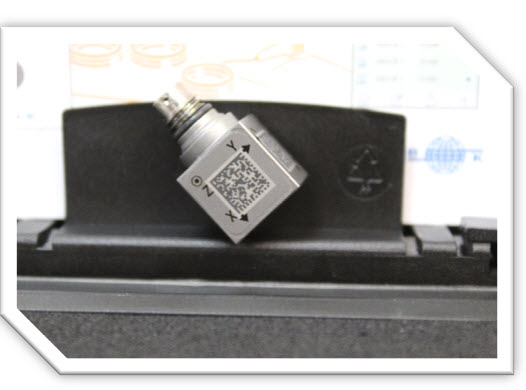
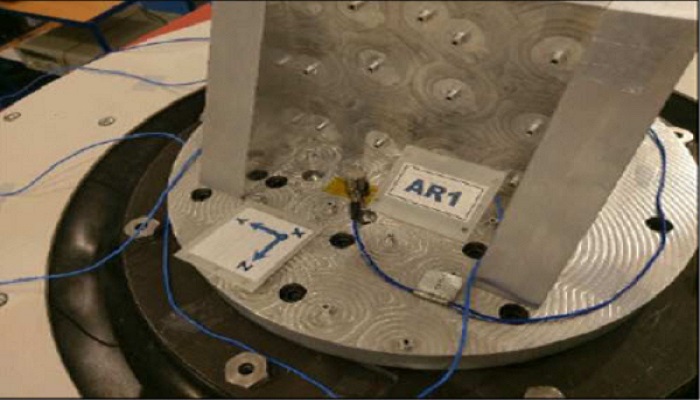
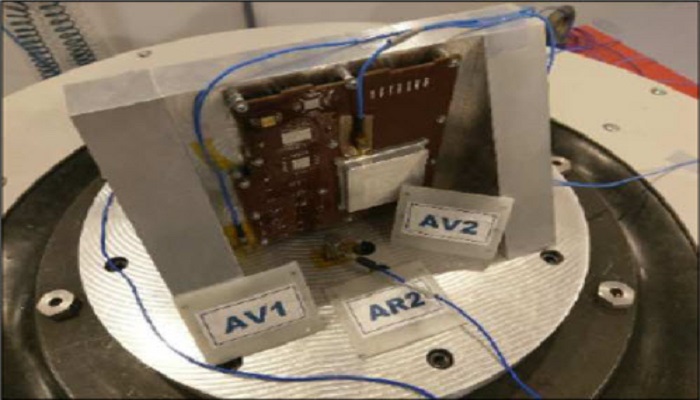
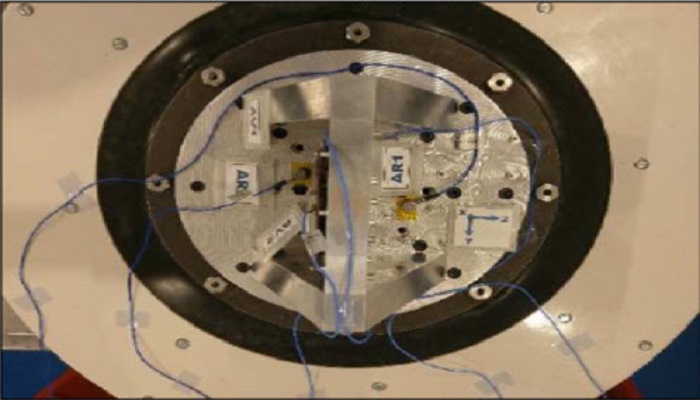
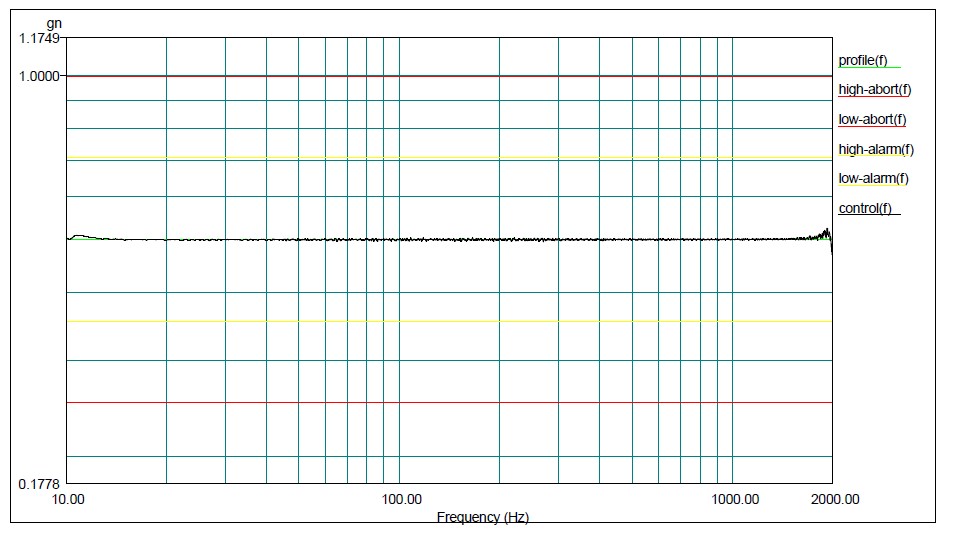
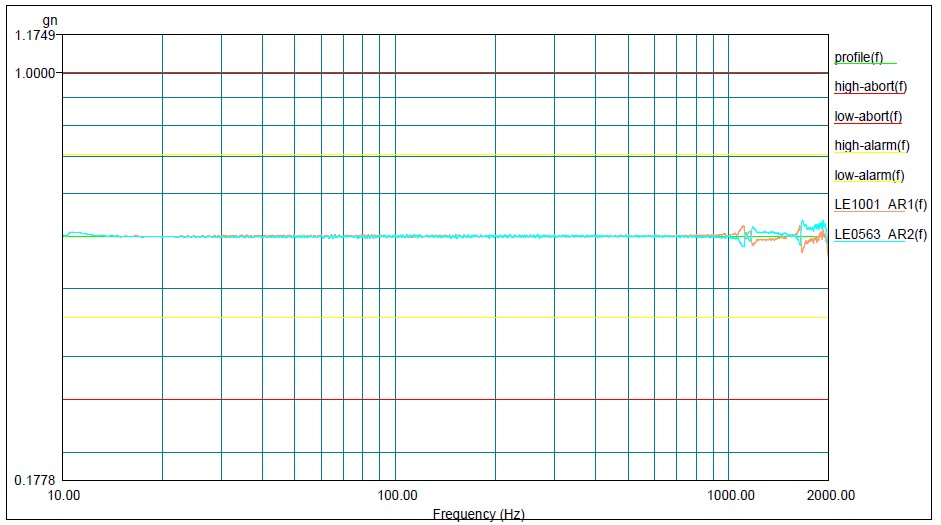
0 comments on Control Strategy, an accelerometer perspective